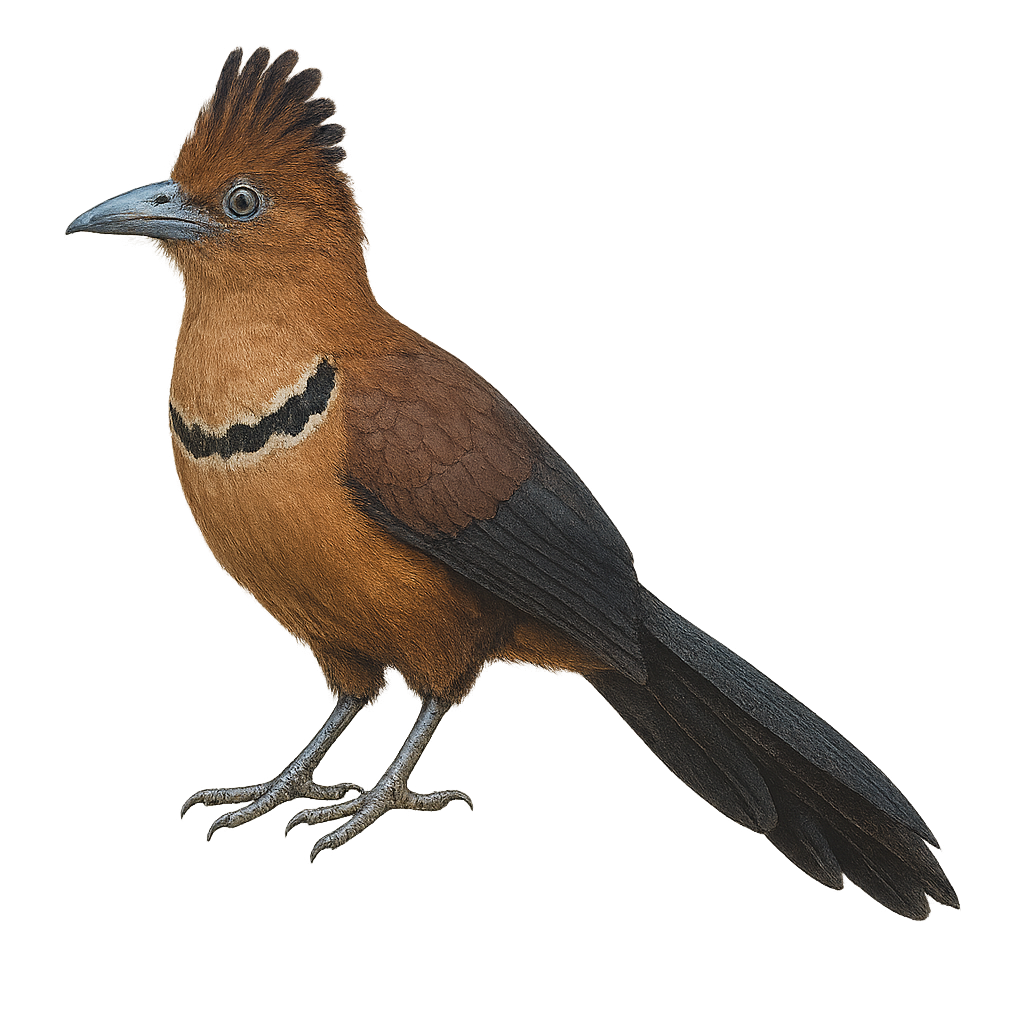Your wildlife photography guide.
Explore the rufous-vented ground cuckoo in detail, study its behavior, prepare your shots.
Where to observe and photograph the rufous-vented ground cuckoo in the wild
Learn where and when to spot the rufous-vented ground cuckoo in the wild, how to identify the species based on distinctive features, and what natural environments it inhabits. The WildlifePhotographer app offers tailored photography tips that reflect the rufous-vented ground cuckoo’s behavior, helping you capture better wildlife images. Explore the full species profile for key information including description, habitat, active periods, and approach techniques.
Rufous-vented Ground Cuckoo
Scientific name: Neomorphus geoffroyi

IUCN Status: Near Threatened
Family: CUCULIDAE
Group: Birds
Sensitivity to human approach: Suspicious
Minimum approach distance: 10 m
Courtship display: September to November
Incubation: 20-23 jours
Hatchings: September to December
Habitat:
Tropical forests, dense undergrowth
Activity period :
Primarily active during the day, with peak activity in the morning and late afternoon.
Identification and description:
The Rufous-vented Ground Cuckoo, Neomorphus geoffroyi, is a rare and intriguing bird found in the tropical forests of Central and South America. It is recognizable by its rufous-brown plumage and distinctive long tail. This terrestrial bird prefers dense undergrowth where it moves stealthily in search of prey such as insects and small vertebrates. Although primarily ground-dwelling, it can fly short distances to escape predators. The Rufous-vented Ground Cuckoo is often heard before it is seen, thanks to its powerful and resonant calls. Its ability to blend into its environment makes it difficult to observe, adding to its mystery and appeal for birdwatchers.
Recommended lens:
400mm – adjust based on distance, desired framing (portrait or habitat), and approach conditions.
Photography tips:
To photograph the Rufous-vented Ground Cuckoo, patience and discretion are key. Use a 400mm lens or longer to capture detailed images without getting too close. Look for areas of dense undergrowth where the bird is likely to move. Listen for the bird's powerful calls to locate its position. Natural morning or afternoon light is ideal for highlighting the nuances of its plumage. Remain still and avoid sudden movements to prevent scaring it away.
The WildlifePhotographer App is coming soon!
Be the first to explore the best nature spots, track rutting seasons, log your observations, and observe more wildlife.
Already 1 439 wildlife lovers subscribed worldwide

